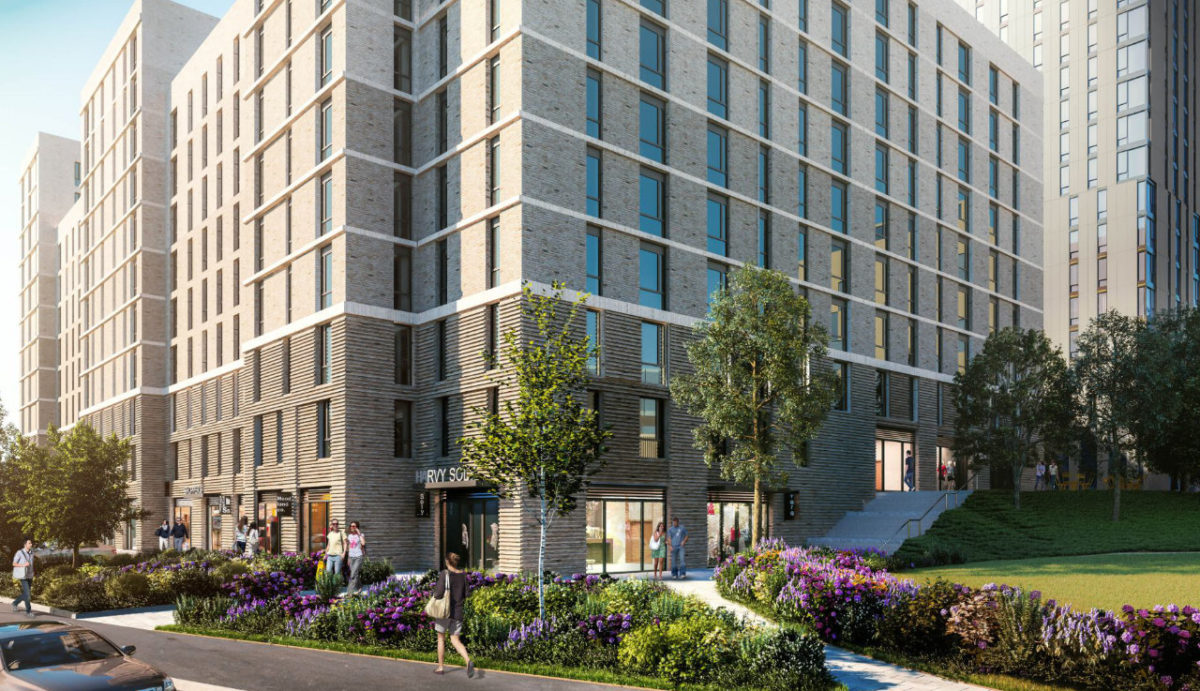UK Property Outlook and Hot Spots May 2020




The UK property market has strong fundamentals but will they be strong enough to beat Covid-19. The UK property market is on track to see a 75% fall in sales this quarter not that surprising when the country has been in Lockdown for the whole month.
The most fundamental thing here is when will the lockdown end and how will it end. Once we have answers to that question we will now how much damage has been done to the UK housing market and how long it will take to repair that damage. My view is however bad it is the UK will still be one of the best property markets for investment for the medium to long term.
There is still not going to be enough supply to meet demand, and supply could be further restricted as I imagine many home builders will sharply cut back on construction for the next quarter or more. In addition, as we are seeing directly, local authorities are struggling to process planning approvals and that is likely to continue into at least June.
There was already a shortage of property across the UK. The UK population is projected to pass 70 million by mid-2031 (Office of National Statistics) and according to Knight Frank
‘between now and 2030, the number of households in the UK will rise by 1.8 million’.
Only 240,000 homes were added last year – 20% less than the government target of 300,000. It is pretty clear that job losses and a fall in GDP will inevitably have an impact in reducing demand (and affordability to borrow) in certain areas, but the imbalance of supply vs demand has no imminent solution. As we saw with BREXIT, the UK property market is both robust and resilient and I expect that to be especially so in Investment Hot Spots such a Manchester Liverpool and M25 London commuter town like Luton and Chatham.
We should expect the UK Government and lender action to suspend mortgage payments and support businesses to reduce the number of forced quick sales that could drag house prices down. Also, once we see clear daylight my guess is that most sellers will hold on vs. accepting large price cuts which should keep prices stable. In addition, I can see more incentives being offered by house builders (in particular for new build) and a greater focus on Built to Rent this in turn offers great opportunities for mall buy to let property investors.
Importantly, it also seems likely that many people, who have been stuck in their home for a month or more, will aspire to move to a bigger/better home and seize the moment as soon as restrictions are lifted and the market starts to open again. With transactions halted for the meantime in the interests of everyone’s safety, it can be argued that residential property really is at the forefront of our minds when forced to stay inside it! Our houses are no longer just a ‘home’ but also places of work, rest, play and shelter!
Both Savills and Knight Frank recently published reports focused solely on COVID-19 and what they think will happen with the market. Both make some interesting observations.
Although many mortgages have been paused, the good news is that post-pandemic should be a good time to get a mortgage – interest rates are at a record low (0.1%) and likely to remain that way for a while with volatility in equities and global stock markets, I don’t think it will be long before people start looking for more secure and fixed assets to invest in such as property – where the value cannot be wiped/lost overnight. As the above Savills report states.
‘The perceived security of a bricks-and-mortar investment in times of uncertainty should help underpin values.’
After lockdown I believe investors will initially look to pick up all available distressed sales but these will be taken from the market very quickly and we will soon be back to overseas investors wanting their piece of a vibrant UK housing market.
So if you want to put yourself in pole position to take advantage of the new opportunities that will come from the bounce back both in UK Housing Market and the Currency you may want to do some research on these Hot Spot Areas.


Why Manchester?
The key market fundamentals include include:
– Huge economic boom in Manchester driven by government and private investment
– Higher business creation than London, housing 80 out of FTSE100 companies
– Population growth 3x higher than UK average
– 85% of city centre residents are renting
– Forecasted to face 28% capital growth over next 4 years – 15% higher than UK average.
Asset classes that you may want to invest in would include buy to let residential, Student Accommodation and Commercial office space.
Why Liverpool?
Liverpool is undergoing a rapid transformation. The creation of multibillion investments and the government’s Northern Powerhouse initiative have helped to secure the city’s future economic growth, that will ultimately boost demand for housing in the city.
– £5.5 billion Liverpool Waters project
– £2 billion Knowledge Quarter
– £300 million proposed plans for a new Everton Football Stadium
– £3.5m proposed Isle of Man Ferry terminal
– £400m Liverpool2 Shipping Container Terminal
– £50m proposed Cruise Liner Terminal
– Ten Streets Creative Hub is a proposed 125-acre regeneration with the potential to create 2,500 jobs
– £200m Pall Mall regeneration 400,000sq ft. of office-led regeneration with retail and leisure space
– £1 billion Paddington Village (1.8m sq. ft. transformation)
– Liverpool Commercial District BID 2016-2021 5-year plan to further enhance growth
Asset classes you may want to invest in include residential buy to let properties, Student accommodation in the knowledge quarter and commercial retail and office space.


Why Luton?
Luton has emerged as the UK’s best performing location for property investment in London’s commuter belt. Here we explain why…
£1.5 billion Enterprise Zone status worth of private investment and 18,500 new jobs
8 strategic developments – Multimillion-pound mixed-use developments include Napier Gateway, Butterfield Business Park, High Town, Sloane International luxury apartments and Power Court Development.
£150 million Power Court Development – A new football stadium and events venue with leisure facilities, bars, restaurants, a supermarket and more set to create thousands of new jobs.
£110 million redevelopment of London Luton Airport will increase annual capacity by 50%, from 12 to 18 million by 2020.
The most important asset class here to invest into is residential buy to let investments.
Interested in investing in a property market where demand is going to outstrip supply for at least 15 years or so then feel free to contact me or one of my team at Gray Stuart.




Share this property